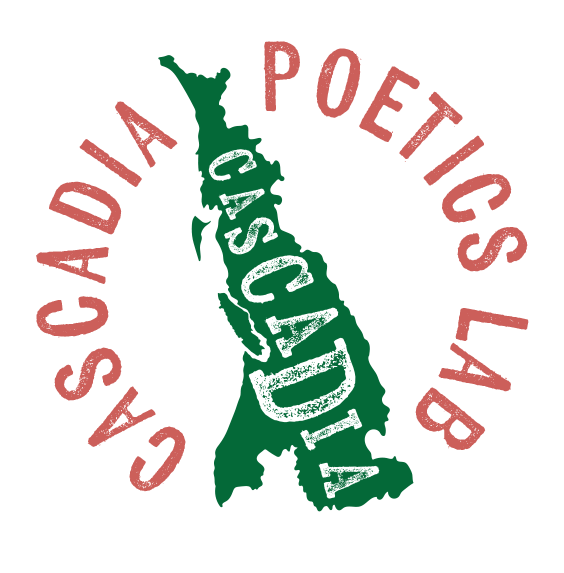Ever since Fred Wah mentioned proprioception in an interview we did that was posted on YouTube and made into a podcast, I have been plunged back into a study of this capacity. It’s how human and animal bodies know where they are in space. Alcohol affects proprioception, which is why a state trooper will give you a sobriety test of having you close your eyes and try to touch your nose with arms extended to each side if you have been driving erratically.
 In the interview, Fred Wah had a great story to tell about a personal experience he had with this capacity.
In the interview, Fred Wah had a great story to tell about a personal experience he had with this capacity.
Charles Olson published an essay of the same name in 1965 meant, I think, to more deeply identify a kind of writing that was not disembodied. In the essay, which is quite cryptic, (& underrated) Olson seems to indicate that a compositional flow is only available at a superficial level to those approaches which are not projective. (I think the Whitehead term prehension is applicable here.) This makes sense to me as experiences of composing projectively over the last 30 years or so have validated. “The working out of projectiion” Olson writes in the essay and that “the soul is proprioceptive.”
I turned to two sources to get more from this inquiry, the first being longtime Subud member and cranial osteopath Solihin Thom. On the last day of February I had the good fortune to interview him about proprioception (with a sidebar or two) and one fascinating concept was that this sense, and related senses of perception, can be deepened with practice and can lead to deeper empathic capacities for tapping in to the fields of other people and animals. I find this fascinating. I am having the interview transcribed and can add to this post when that arrives. (More on Solihin’s process of combining ontology with kinesiology can be found here.) Here is the February 28, 2022 interview:
The other source for information on proprioception I came across was a book by James J. Gibson of Cornell University entitled The Senses Considered as Perceptive Systems. It’s a dense book and someone more familiar with scientific jargon will have an easier time with it than I did, but the narrator is reliable and the summary is well worth perusing. (Click on the image for the pdf of the summary.)
 It is clear to be that a human engaged in spontaneous composition, in which there is a deep proprioception, begins to develop a deep mind-body (read deeply embodied) connection with a greater source of energy that not only can help guide the poem under hand into being, but also provide guidance for one’s one life in non-poetry situations.
It is clear to be that a human engaged in spontaneous composition, in which there is a deep proprioception, begins to develop a deep mind-body (read deeply embodied) connection with a greater source of energy that not only can help guide the poem under hand into being, but also provide guidance for one’s one life in non-poetry situations.
Also critical to remember here is that poetry can be a valid way of knowing, as Miriam Nichols told me in an interview about her Robin Blaser biography:
Robin thought all his life, never wavered on this, that poetry was a particular kind of knowing, that it was as valid in its way as all the other disciplines, as say, biology or psychology or philosophy. It didn’t erase, it didn’t trump those other modalities, those other ways of approaching the world, but it was equally valid, that it was a mode of knowing. And that without it, the human universe, if I could borrow that phrase from Olson, is incomplete. You’re missing something. You’re missing an important element of the way that human beings are in the word, the relationality of how they are in the world. I always think about poetic knowing as relational thinking.
Hear her discuss it here:
One needs to get beyond one’s self to tap into it. It’s funny how we can feel when this happens.
……………………..”As I get huger I become streams
stretching into shadows of memories.”
— Michael McClure
Dolphin Skull

